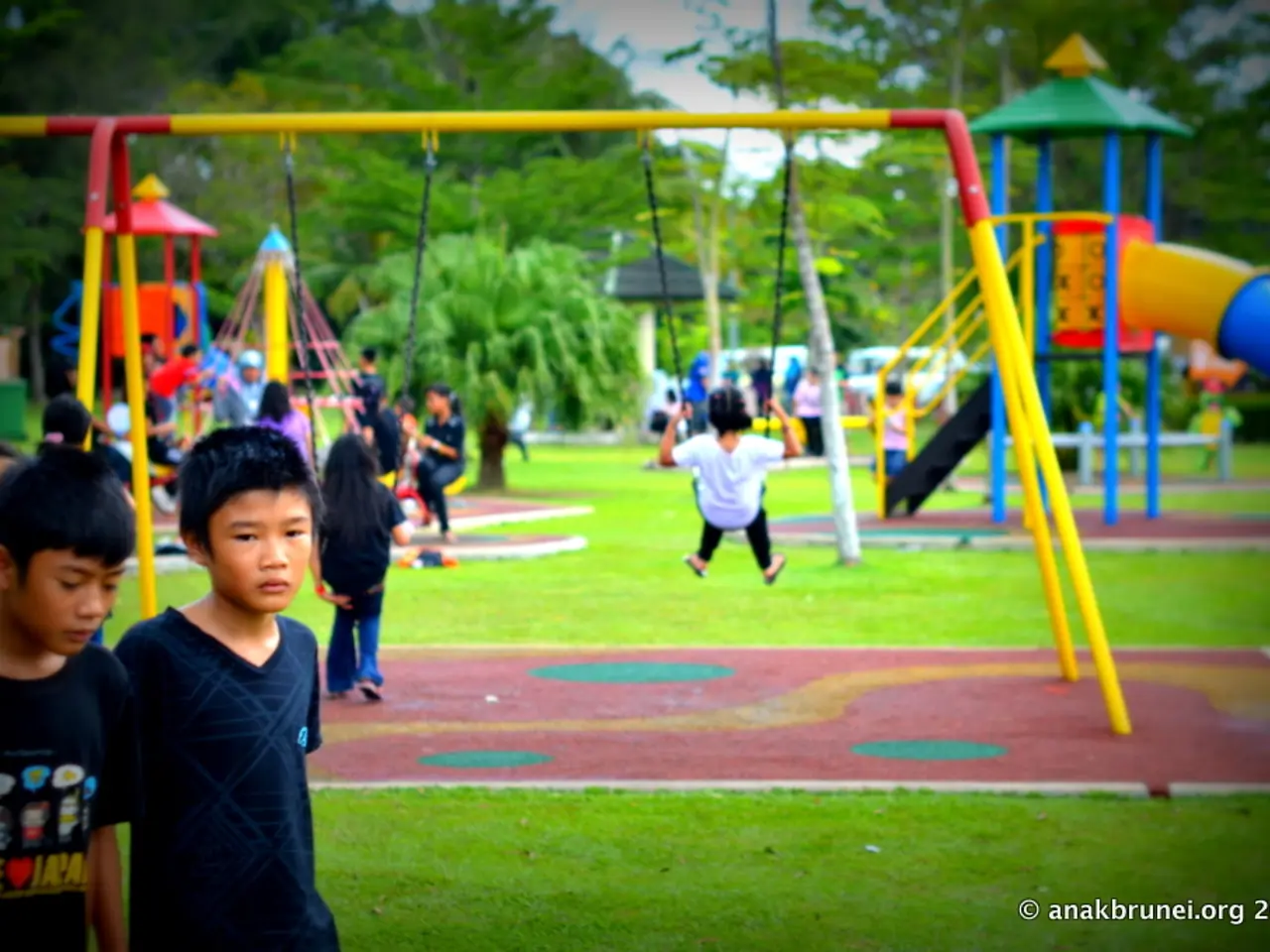Steer Clear of Theme Park Disaster: Tips and Tricks
In an informative article, Kari Hanson, the website's associate editor, shares strategies for making theme park visits more manageable and enjoyable for families with children who have sensory processing issues or anxiety disorders. The article is based on the personal experience of a parent who took their child with sensory processing issues and generalized anxiety disorder to Disney World for the first time.
Pre-visit Preparation
Weeks before the trip, talk with the child about what to expect using videos, photos, and social stories to reduce anxiety about new stimuli like crowds, noise, and lines. For parks like Disney World, use the Sensory Experience Guide that details sensory elements on each ride (e.g., loud noises, flashing lights, smells) to identify which attractions may be overwhelming and which are calmer.
Planning and Bringing Sensory Tools
Incorporate downtime with less stimulating attractions like quiet shows, nature trails, or simple crafts to help the child reset and avoid exhaustion. Bring noise-canceling headphones, snacks, and items like sunglasses or hats to mitigate overwhelming sounds, bright lights, and potential low blood sugar and irritability.
Identifying Quiet Areas and Flexible Itinerary
Use designated quiet zones or safe spaces within the park where the child can retreat if overwhelmed. Be prepared to leave a noisy or crowded area quickly if the child shows signs of sensory overload. Arrange for accessible transportation and plan less crowded times if possible.
Maintaining Routines and Reminders
Stick to regular routines for meals, hydration, and rest as much as possible, using visual schedules to support predictability and reduce anxiety. Remind the child of the things discussed before entering the park and the exit strategy in case they become overwhelmed.
Strategies that Worked
The family found success by taking breaks during the day to find quiet spaces within the park, staying hydrated, and staying fed. They would leave the park in the afternoon, enjoy a quiet lunch, cool off in the pool, and return in the evening when the crowds had thinned. Bringing lightweight snacks such as fruit leather, nuts, and beef jerky is recommended.
Additional Resources
The article provides additional resources for traveling families, including tips for staying at a hotel near the park or one with a free shuttle service. The best time to enjoy the rides is when everyone else is watching the parade, and the attendant at the front of each ride can tell your child what to expect.
These combined strategies help create a more manageable and enjoyable theme park experience by minimizing sensory overload and supporting the child's emotional regulation. The article was originally published several years ago and was most recently updated on July 22, 2025.
- For future family trips, it's advisable to utilize health-and-wellness resources such as social stories, videos, and photos to help reduce anxiety in children with sensory processing issues or anxiety disorders.
- Prioritizing downtime with less stimulating activities, like quiet shows or nature trails, can help children with sensory issues reset and avoid exhaustion during theme park visits.
- Families may find mental-health benefits from bringing sensory tools such as noise-canceling headphones, snacks, and sunglasses or hats to help manage overwhelming stimuli like crowds, noise, and bright lights.
- A key strategy for successful theme park visits is to identify quiet areas within the park and maintain a flexible itinerary to quickly leave noisy or crowded areas if the child experiences sensory overload.
- By following routines for meals, hydration, and rest, and using visual schedules for predictability, parents can help reduce anxiety and support emotional regulation in their children during theme park visits.
- Incorporating lifestyle tips like taking breaks during the day, staying hydrated, and having lightweight snacks on hand can provide additional benefits during theme park visits with children who have sensory processing issues or anxiety disorders.





